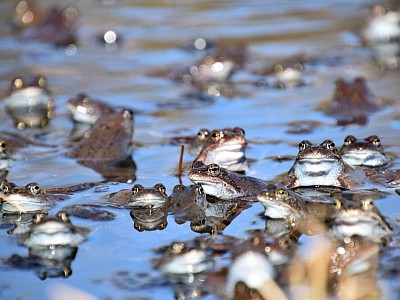News
 The toxoplasma parasite is able to affect the human brain,
The toxoplasma parasite is able to affect the human brain, September 20, 2022
 Mom Dad Party 2022 in Izmailovsky Park
Mom Dad Party 2022 in Izmailovsky Park September 2, 2022
 «Let's save the Red Book birds of Russia together!»
«Let's save the Red Book birds of Russia together!» August 31, 2022
 The final event of the X Wildlife Festival «My Snow Leopard» took place
The final event of the X Wildlife Festival «My Snow Leopard» took place August 30, 2022
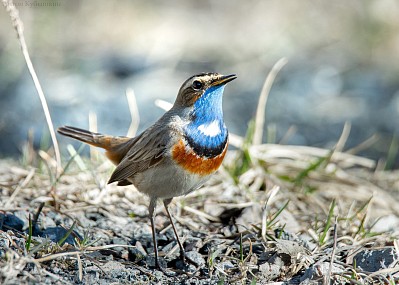 «Russian bird»: why was varakushka called a patriot?
«Russian bird»: why was varakushka called a patriot? August 12, 2022
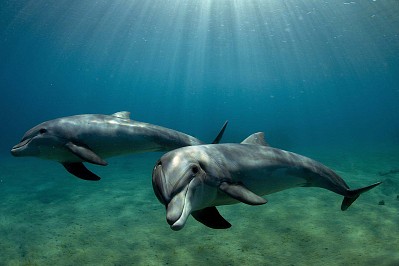 Our water brothers: interesting facts about dolphins
Our water brothers: interesting facts about dolphins August 10, 2022
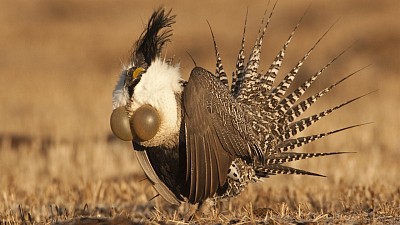 Sage grouse — «An indicator of ecosystem health»
Sage grouse — «An indicator of ecosystem health» August 8, 2022
 The winners of the X media Wildlife Festival «My Snow Leopard» have been determined
The winners of the X media Wildlife Festival «My Snow Leopard» have been determined August 5, 2022
 What do you know about kolpitsa?
What do you know about kolpitsa? August 4, 2022
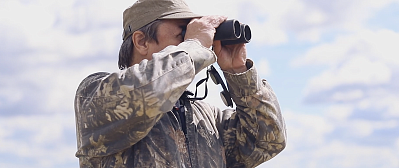 «Let's save the Red Book birds of Russia together!»
«Let's save the Red Book birds of Russia together!» July 25, 2022
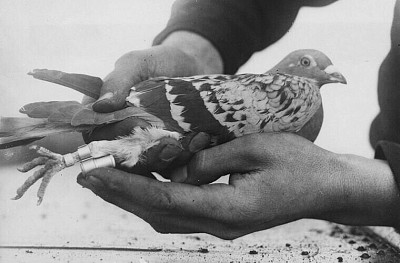 Pigeon Mail: how did the birds find the addressee?
Pigeon Mail: how did the birds find the addressee? 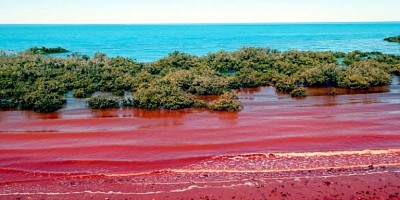 «Red Tide»: what is it and how is it dangerous?
«Red Tide»: what is it and how is it dangerous? 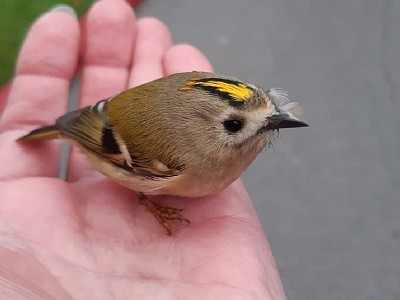 The yellow-headed kinglet is the smallest bird in Russia
The yellow-headed kinglet is the smallest bird in Russia July 18, 2022
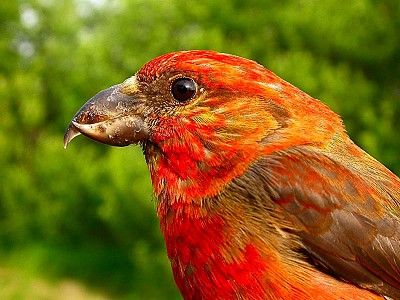 What can its beak shape tell you about a bird?
What can its beak shape tell you about a bird? July 14, 2022
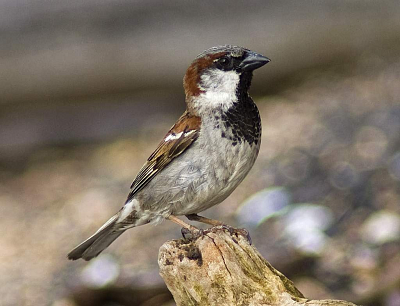 Have you noticed that the sparrows have disappeared somewhere?
Have you noticed that the sparrows have disappeared somewhere? There are many opinions about why this is happening. Someone blames the increased city noise and air pollution. Others talk about influence…
July 11, 2022
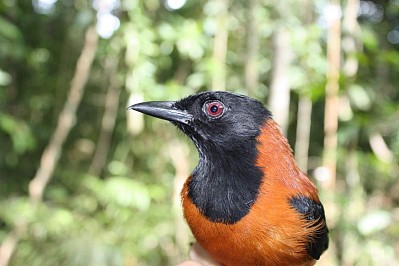 Poisonous birds
Poisonous birds We have all heard about poisonous snakes, frogs, spiders or insects more than once. But not everyone knows that there are poisonous birds in nature.
Venomous birds differ from venomous snakes in that their body does not produce poison on its own, but accumulates when they eat poisonous plants and animals. So gradually the body tissues become poisonous, and the bird itself not only remains healthy, but also acquires additional protection from predators and parasites.
One of these birds is the thrush flycatcher, belonging to the family of sparrows. The flycatcher has a small size: the body length is about 25 cm, and the mass is about 70 g.
The skin and feathers of this bird contain batrachotoxin, which is not produced independently, as, for example, in snakes, but is formed due to the peculiarities of its nutrition, for example, by beetles containing this toxin.
The good news is that batrachotoxin is not fatal to humans. It is only capable of causing unpleasant sensations in the form of itching of the affected area. But small animals, faced with the poison of a flycatcher, can suffer quite a lot: the toxin released by it leads to convulsions, respiratory arrest and palpitations.
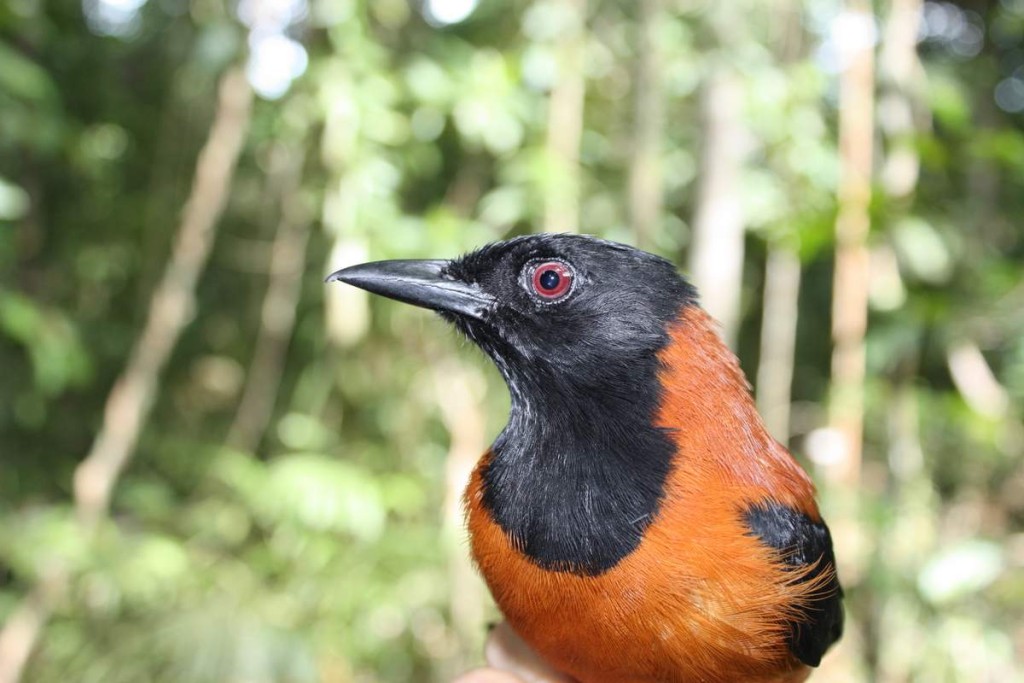
Another poisonous bird is the spur goose, which belongs to the duck family and lives near freshwater reservoirs. The size of its body in length can reach 100 cm, and its weight is 6 kg.
An interesting feature of this goose is the spurs located on the carpal fold of its wings. It is in these spurs that the poison is contained, which, just like in the thrush flycatcher, is not produced independently, but accumulates due to abscess beetles, which live in large numbers on sown fields and are the diet of the spur goose.

Spur goose
The blue-headed ifrita kovaldi is the last venomous bird in our selection. Its weight is not more than 600 g., and its length is about 20 cm. A potent poison is concentrated on the skin and plumage of this bird, causing chemical burns when it comes into contact with it. Once inside the predator’s body, the poison can lead to its death in a matter of minutes.
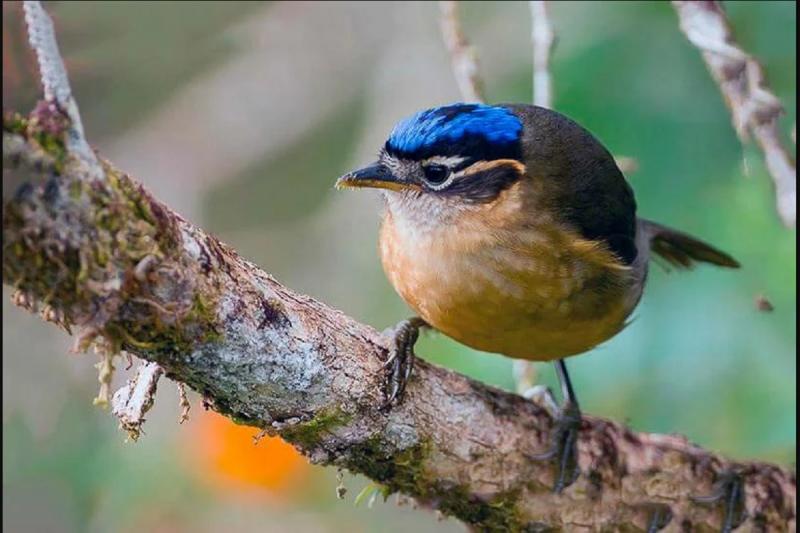
The blue-headed ifrita kovaldi
Do you want to know about other poisonous birds? Follow the project «Let's save the Red Book birds of Russia together!» and subscribe to the newsletter.
The project is being implemented with the support of the Presidential Grants Fund.
July 8, 2022
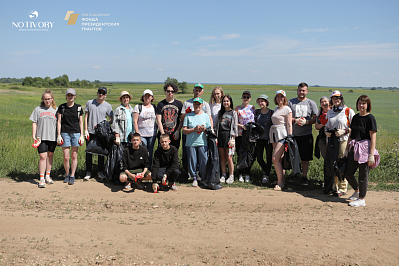 Notivory volunteers have joined their ranks!
Notivory volunteers have joined their ranks! July 5, 2022
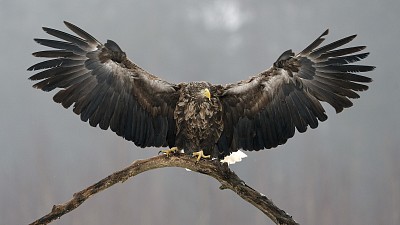 The white-tailed eagle is the largest bird of prey in Russia
The white-tailed eagle is the largest bird of prey in Russia June 27, 2022
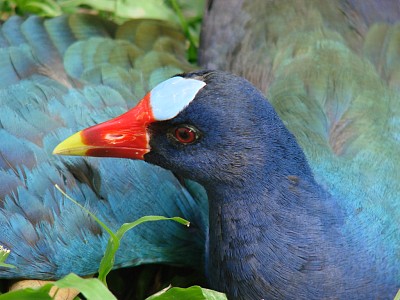 So is this fish or bird your «sultanka»?
So is this fish or bird your «sultanka»? Both fish and bird — we will answer!
Only the sultanka fish is known more under the name «barabulka», and the sultanka bird under the name «sultan chicken». But this chicken is not easy, but proudly bearing the title of the most mysterious bird. And here’s why:
June 22, 2022
First | Prev. | 4 5 6 7 8 | Next | Last
